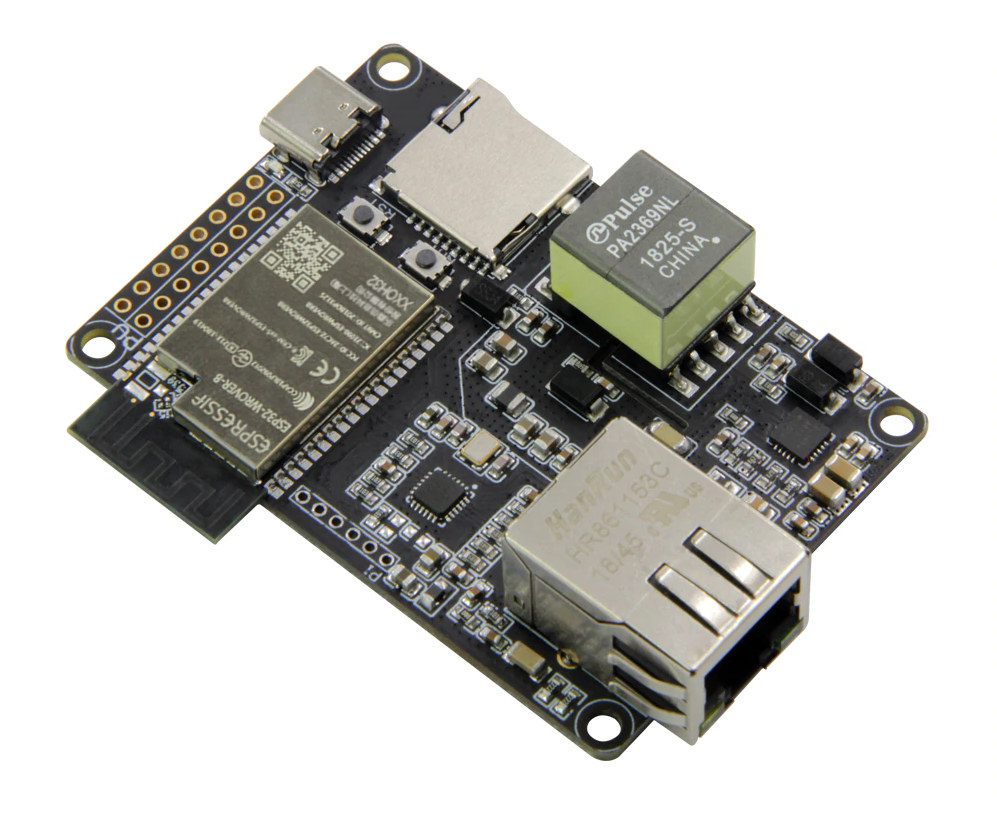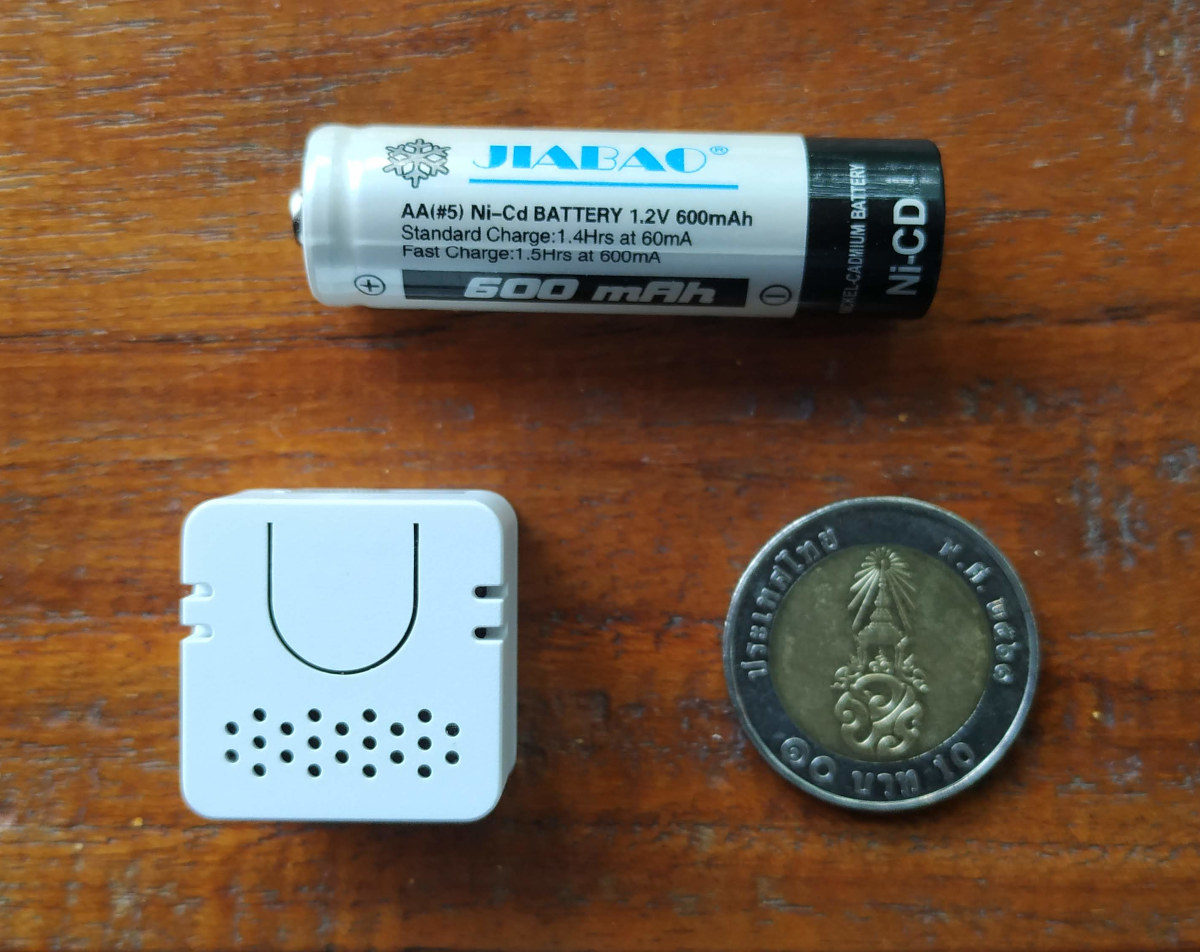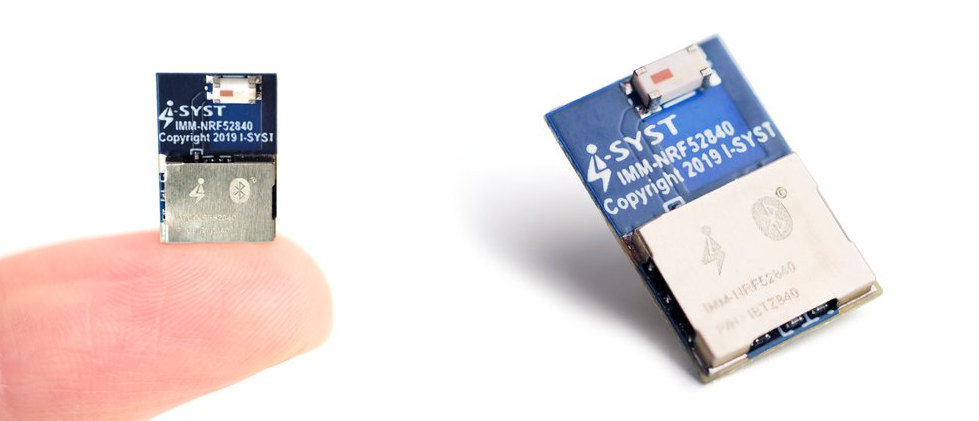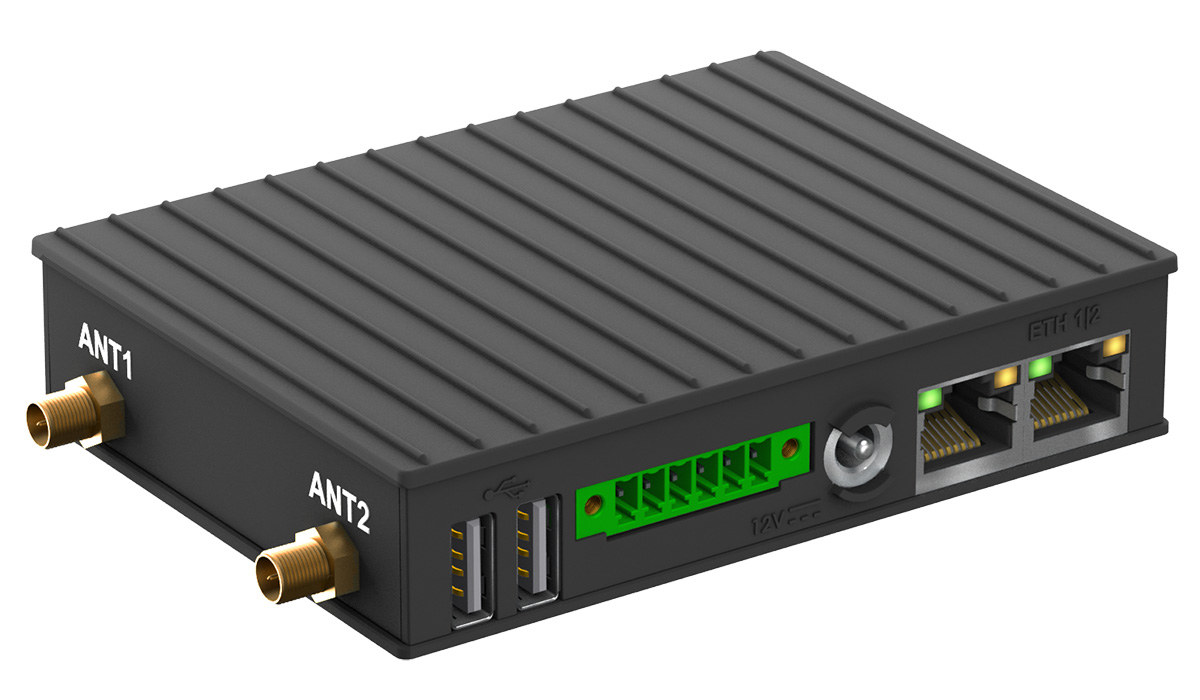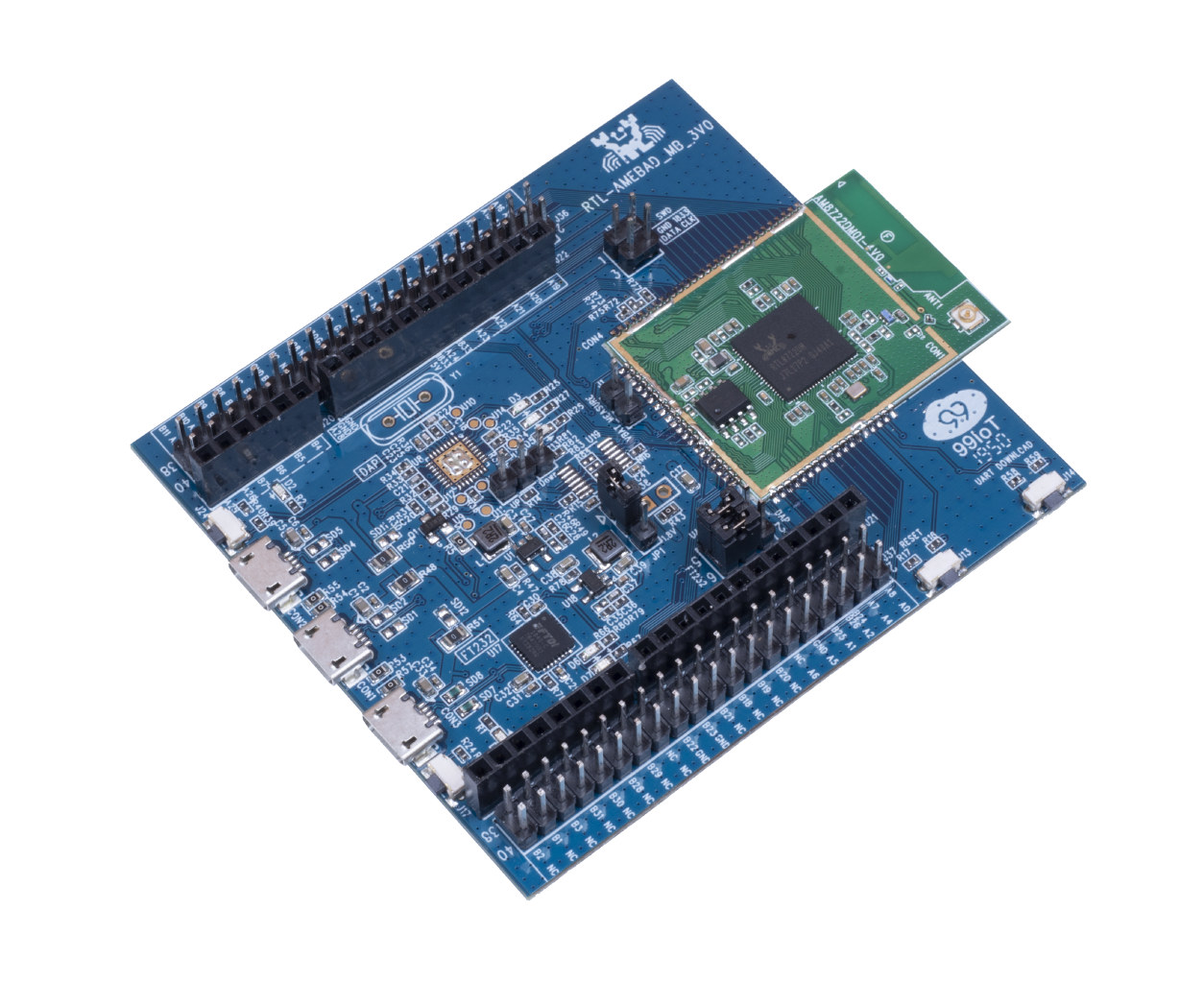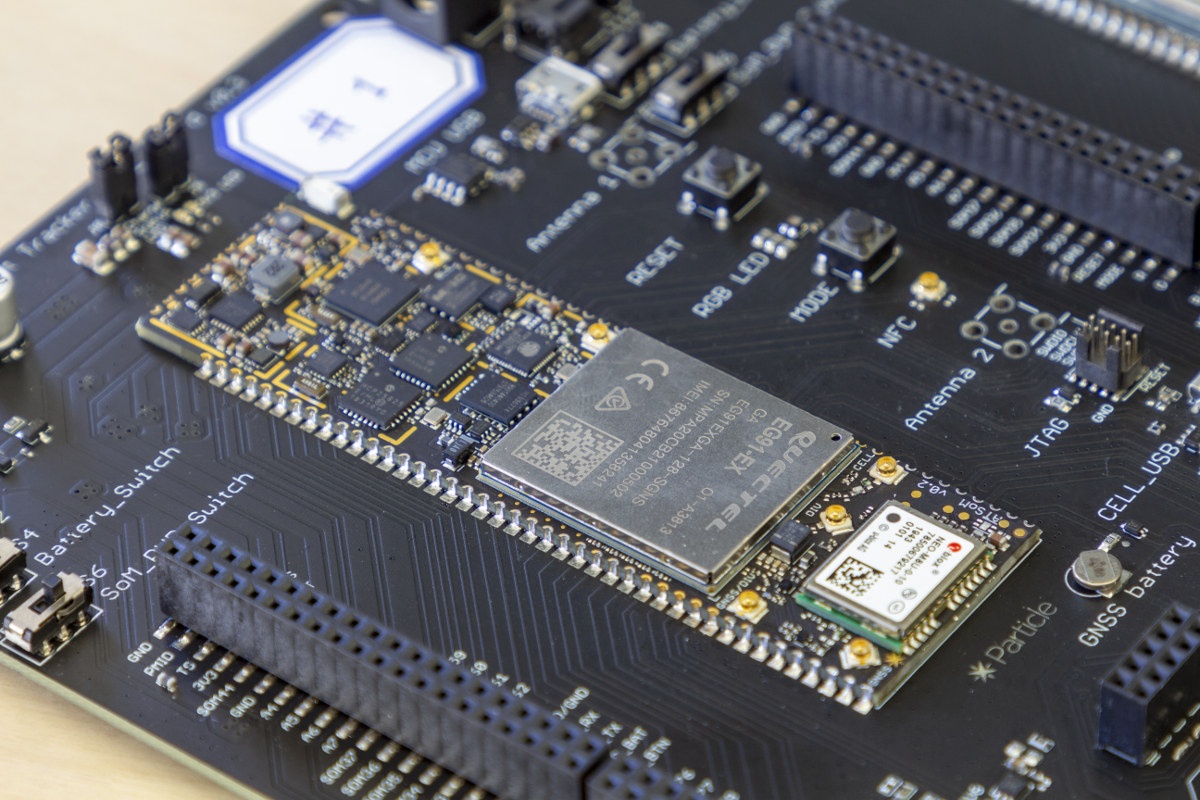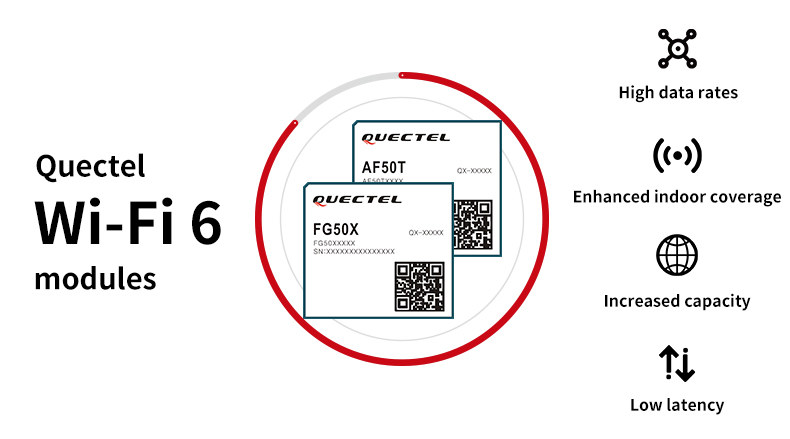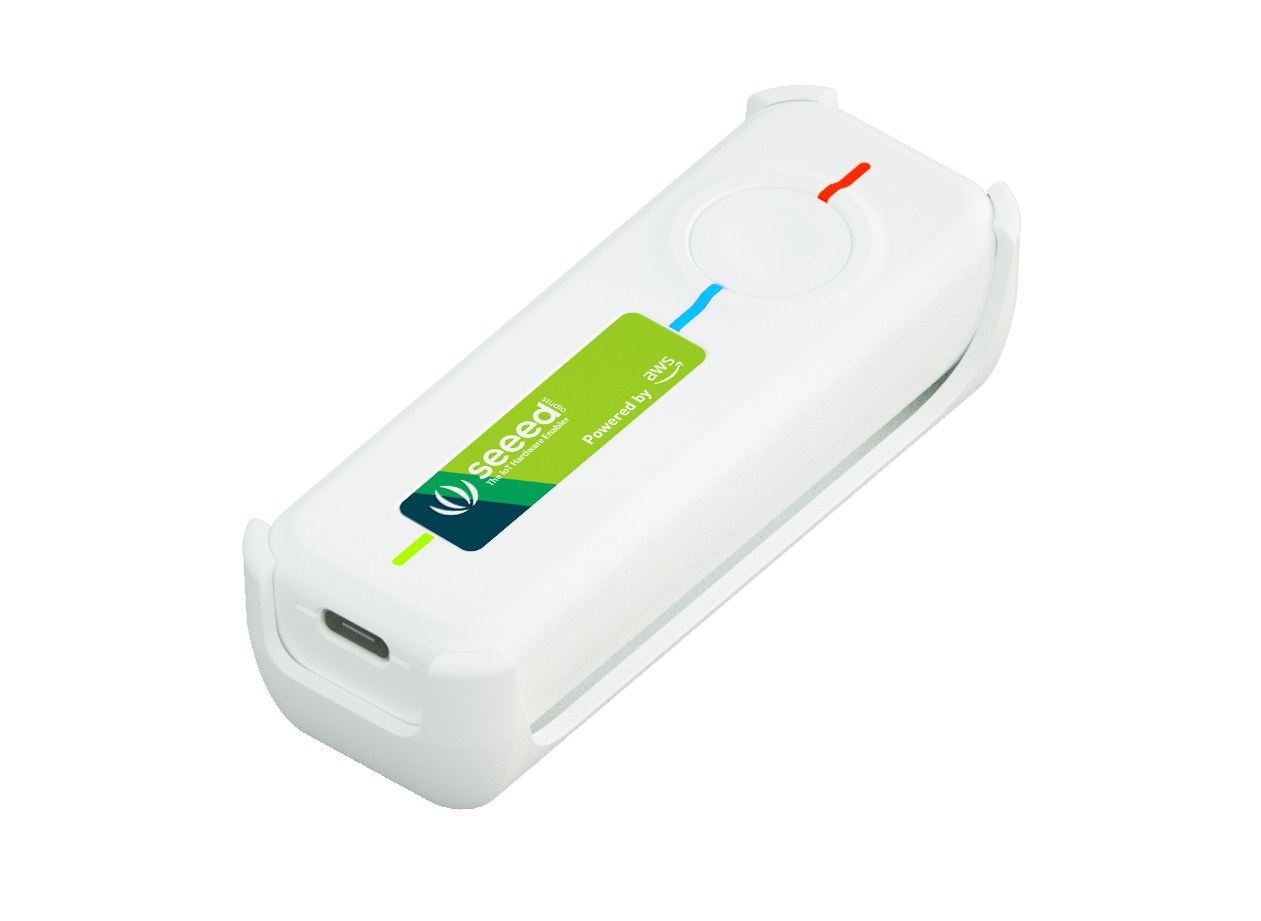We’ve written about several ESP32 POE boards in the past including wESP32, but there’s now another one with LilyGO TTGO T-Internet-POE board offering Fast Ethernet, PoE, as well as WiFI and Bluetooth connectivity through ESP32-WROVER-B module. TTGO T-Internet-POE specifications: Wireless Module – ESP32-WROVER-B with ESP32 dual-core WiSoC, 4MB flash, 8MB PSRAM Storage – MicroSD card socket Connectivity 2.4 GHz 802.11b/g/n WiFi 4 and Bluetooth 5.1 via ESP32 10/100M Ethernet via LAN8720A Ethernet PHY Expansion – Unpopulated I/O header with UART, SPI, I2C, PWM, I2S, ADC; 3.3V I/O voltage Debugging / Programming Serial port via USB-C port and CP2104 USB to TTL chip (TBC) 6-pin programming interface with Tx/Rx, IO0, Reset, 3.3V and GND Misc – BOOT and reset buttons, 32.768MHz crystal oscillator Power Supply 5V via USB-C port up 50V PoE via Pulse PA2369NL transformer and HanRun HR861153C PoE compliant RJ45 jack SI3404 power management chip Dimensions – 70 x […]
M5Stack Atom Echo Coin-Sized Bluetooth Speaker is Powered by ESP32-PICO-D4 SiP
M5Stack has just launched Atom Echo, a coin-sized programmable Bluetooth speaker based on Espressif Systems ESP32-PICO-D4 system-on-package. The company sent me an early sample to play with before launch… but let’s have a look at the specification before checking the device further. Specifications: SiP – Espressif Systems ESP32-PICO-D4 system-in-package with ESP32 dual-core processor @ 240MHz Wi-Fi, BLE 4.0 and 4MB flash Audio 0.5W/NS4168 I2S speaker SPM1423 PDM microphone Expansion 5-pin + 4-pin headers with 6x GPIOs, UART, 5V, 3.3V, GND 4-pin digital Grove header with 2 I/Os, 5V and GND Misc – RGB LED (SK6812), Function (Top – G39 pin) and reset buttons (side), IR LED Power Supply – 5V/500mA via USB-C port Dimensions – 24 x 24 x 17mm (plastic material) Weight – 10 grams The Bluetooth speaker is really small, but you may think CNXSoft has big hands and fat fingers so it makes the speaker smaller than […]
Fingernail-sized BLYST840 nRF52840 Module Features Bluetooth 5.2, Thread, Zigbee and 46 I/O (Crowdfunding)
Canada based I-SYST inc has designed a tiny nRF52840 module about the size of a fingernail. BLYST840 module fully leverages the capability of Nordic Semi’s wireless microcontroller with Bluetooth 5.2, Thread, and Zigbee connectivity, and exposes 46 I/Os. BLYST840 specifications: Wireless MCU – Nordic Semiconductor nRF52840 Arm Cortex-M4F microcontroller @ 64 MHz with 1 MB flash, 256 KB RAM Connectivity Bluetooth 5.2 up to 2 Mbps, -96 dBm sensitivity for long-range; Up to 111 dB link budget; Bluetooth Mesh IEEE 802.15.4 radio support for Thread & Zigbee NFC-A Built-in ceramic antenna Output power – Adjustable from +8 dBm to -20 dBm 46 I/O pins exposed via pads around the edges of the module including QSPI/SPI/2-wire/I2S/PDM/QDEC Programmable Peripheral Interface (PPI) SPI interface @ 32 MHz Quad SPI interface @ 32 MHz EasyDMA for all digital interfaces USB 2.0 (12 Mbits) 12-bit/200K SPS ADC Security Arm TrustZone Cryptocell 310 128-bit AES/ECB/CCM/AAR co-processor […]
Linux Powered Industrial IoT Gateway Offers WiFi 6, Bluetooth 5.1, 4G LTE Connectivity
Compulab IOT-GATE-IMX8 is a Debian Linux powered fanless Industrial IoT gateway powered by NXP i.MX 8M Mini processor and specially designed for industrial control and monitoring with optional support for WiFI 6 (802.11ax), Bluetooth 5.1, 4G LTE, and GNSS connectivity. The gateway is equipped with up to 4GB RAM and 128GB eMMC flash, takes variable DC input from 8V to 36V, and operates in a wide temperature range of -40C to 80°C with the company providing a 5-year warranty and 15-year availability. Compulab IOT-GATE-IMX8 specifications: SoC – NXP i.MX8M Mini quad-core Arm Cortex-A53 processor @ 1.8GHz with Arm Cortex-M4 real-time core, Vivante 3G and 2D GPU System Memory – 1GB – 4GB LPDDR4 Storage – 4GB – 64GB eMMC flash (soldered on-board), plus secondary storage with optional 16GB – 64GB eMMC flash module Networking & Wireless Connectivity Gigabit Ethernet port, RJ45 connector Fast Ethernet port, RJ45 connector Optional 802.11ax WiFi […]
Ameba RTL8722DM Cortex-M33/M23 IoT Development Board Now Available for $23.90
Earlier this year, we noticed some RealTek RTK8720DN dual-band WiFi and Bluetooth 5.0 IoT modules, and quickly mentioned Ameba RTL8722DM development board available for under $50. If you found the price of the board a bit expensive for what it had to offer, the good news is that Ameba RTL8722DM Cortex-M33/M23 IoT development board is now selling for $23.90 on Seeed Studio or Good Display. Ameba RTL8722DM specifications: MCU ARMv8M Real-M300 Cortex-M33 compatible MCU @ 200MHz ARMv8M Real-M200 Cortex-M23 compatible MCU @ 20MHz Memory – 4.5MB embedded SRAM in SoC Storage – 2MB external flash Connectivity Dual-band 802.11 a/b/g/n 1×1 WiFi 4 (20/40MHz) Bluetooth 5 SIG Mesh networking Supports both central and peripheral modes Display – 8-bit LCD up to 645×645 resolution @ 30FPS or 6-bit LCD up to 527×527 resolution @ 60 FPS Audio Codec – ADC, DAC, I2S Security – Hardware cryptographic engine, Arm Trust-Zone, Secure boot, Wi-Fi […]
Particle Tracking System Offers Software, Hardware LTE IoT Module and Tracker in Turnkey Solution
Particle’s first cellular M2M module was launched in 2015 when the company was still called Spark IO. Since then they’ve offered new modules and boards supporting recent standards like NB-IoT and/or LTE Cat-M with product likes Boron and E series castellated modules. The company found out that most of their customers used their boards for asset tracking despite many off-the-shelf products already available, and the main reason was the ability to customize the solution. To help their customers, the company has now launched the Particle Tracking System combining a software suite with LTE IoT system-on-module and Tracker One reference product to ease the development and deployment of customized asset tracking solutions. Particle Tracking System is comprised of three main components relying on the existing Particle IoT platform: Particle Tracking Services software suite with geolocation services (mapping and geodatabase), fleet-wide device management, an open device firmware application framework to integrate with […]
Quectel FG50X and AF50T WiFI 6 Modules Target Consumer, Industrial & Automotive Applications
The new 802.11ax standard (WiFi 6) used to be mostly found in premium smartphones, laptops, and routers, but now WiFi 6 is starting to gain more traction as we’re seeing WiFi 6 modules designed for other applications such as u-Blox JODY-W6 WiFI 6 + Bluetooth 5.1 module designed specifically for automotive applications. Quectel has now announced its own WiFi 6 modules with FG50X industrial-grade WiFi 6 module based on Qualcomm FastConnect 6800, as well as AF50T automotive-grade module powered by Qualcomm QCA6696 802.11ax chip. The former will be found in premium consumer & industrial products such as smart homes, smart TVs, over-the-top (OTT) devices, industrial controls, and customer premises equipment (CPE), while the latter will power “the Internet of Vehicles” applications such as in-vehicle infotainment and on-board diagnosis (OBD). Both also happen to support Bluetooth 5.1. Shared features: 802.11 ax WiFI 6 and Bluetooth 5.1 connectivity, backward compatible with 802.11a/b/g/n/ac […]
Seeed IoT Button for AWS Brings Back Amazon Dash Button to Life for Developers
Amazon introduced $5 dash buttons in 2015 to let consumers purchase regular items such as washing powder by simply pressing a button. Some people hacked them for other purposes, for instance as WiFi logging buttons, but the company eventually stopped selling the buttons in February 2019 and fully killed those at the end of August. Seeed Studio is bringing back Amazon Dash button to life in some ways, with the Seeed IoT Button For AWS Wi-Fi-based, programmable button that deploys the AWS IoT 1-Click service. Seeed IoT Button for AWS hardware specifications: MCU – Dual-core MCU with 20MHz Cortex M0 and 200MHz Cortex M4F (Very likely Realtek RTL8720DN Wireless MCU) Storage – 4MB flash Connectivity – Dual-band Wi-Fi 4 802.11 a/b/g/n (2.4GHz & 5GHz) and Bluetooth 5.0 LE USB – 1x USB Type-C port for charging Misc – Button good for 100,000 cycles, 3x LEDs (red, green, blue) Power Supply […]


